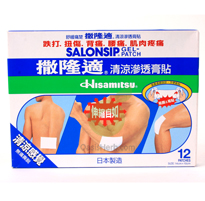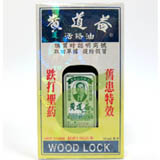 Each year, there are about 18,500 cases of primary liver cancer diagnosed and the most common form is hepatocellular carcinoma. However, more than 75% of hepatocellular carcinoma patients can not have surgery to remove their liver tumors and chemotherapy and external radiation therapy are not effective in curing inoperable liver cancer.
Each year, there are about 18,500 cases of primary liver cancer diagnosed and the most common form is hepatocellular carcinoma. However, more than 75% of hepatocellular carcinoma patients can not have surgery to remove their liver tumors and chemotherapy and external radiation therapy are not effective in curing inoperable liver cancer.
In a longitudinal cohort study presented at the Society of Interventional Radiology (SIR) 35th Annual Scientific Meeting, investigators reported treatment using intra-arterial yttrium-90 (Y-90) microspheres (TheraSphere, MDS Nordion) prolonged life for patients with hepatocellular carcinoma.
This new outpatient treatment involves injecting radiolabelled Y-90 microspheres through a catheter from the groin into the artery supplying blood to the tumor.
The study enrolled 291 patients (77% male, 25% were more than 75 years old, and 73% had multifocal disease) between December 2003 and December 2008, and administered 526 the radiolabelled Y-90 microspheres. The patients were subdivided by their Barcelona Clinic Liver Cancer (BCLC) staging system (A or B) and Child-Pugh liver function score (A or B).
Improved Results, Dramatic Tumor Shrinkage
Overall, the time to progression was 7.9 months (95% confidence interval [CI], 6.0 – 10.3) and the response rate was 42%. By the standard of this disease, it was considered very promising.
Survival times, however, differed significantly by cancer staging system (26.9 months for BCLC A vs 17.2 months for BCLC B) and by liver function score (17.2 months for Child-Pugh A vs 7.7 months for Child-Pugh B).
Child-Pugh B patients with portal vein thrombosis had the worst outcomes, with a median survival of only 5.6 months (95% CI, 4.5 – 6.7).
The most common treatment-related adverse effects were fatigue (57%), vague abdominal pain (23%), and nausea/vomiting (20%).
The most impressive findings of this study is that tumors from 58% of the patients followed long term were shrunk or down-staged from T3 to T2, and 32 of the patients were considered transplantable and curable. Since it is rare to shrink incurable liver tumors to a size that can be removed with surgery or transplantation, this new modality is considered a breakthrough in treating liver cancer.
In some cases, the investigators were able to shrink a tumor from 20 cm to 5 cm and got the tumor resected eventually. They have also increased the survival of some patients from 6 to 12 months to more than 7 to 8 years of follow-up.
Lastly, since this Y90 radiolabelled microsphere injection is an outpatient procedure, with no hospitalization and is very well tolerated, this means that some patients can go back to their normal lives very quickly.
Please visit http://healthreason.com/ for more health related articles.
Society of Interventional Radiology (SIR) 35th Annual Scientific Meeting: Abstract 34. Presented March 14, 2010.





